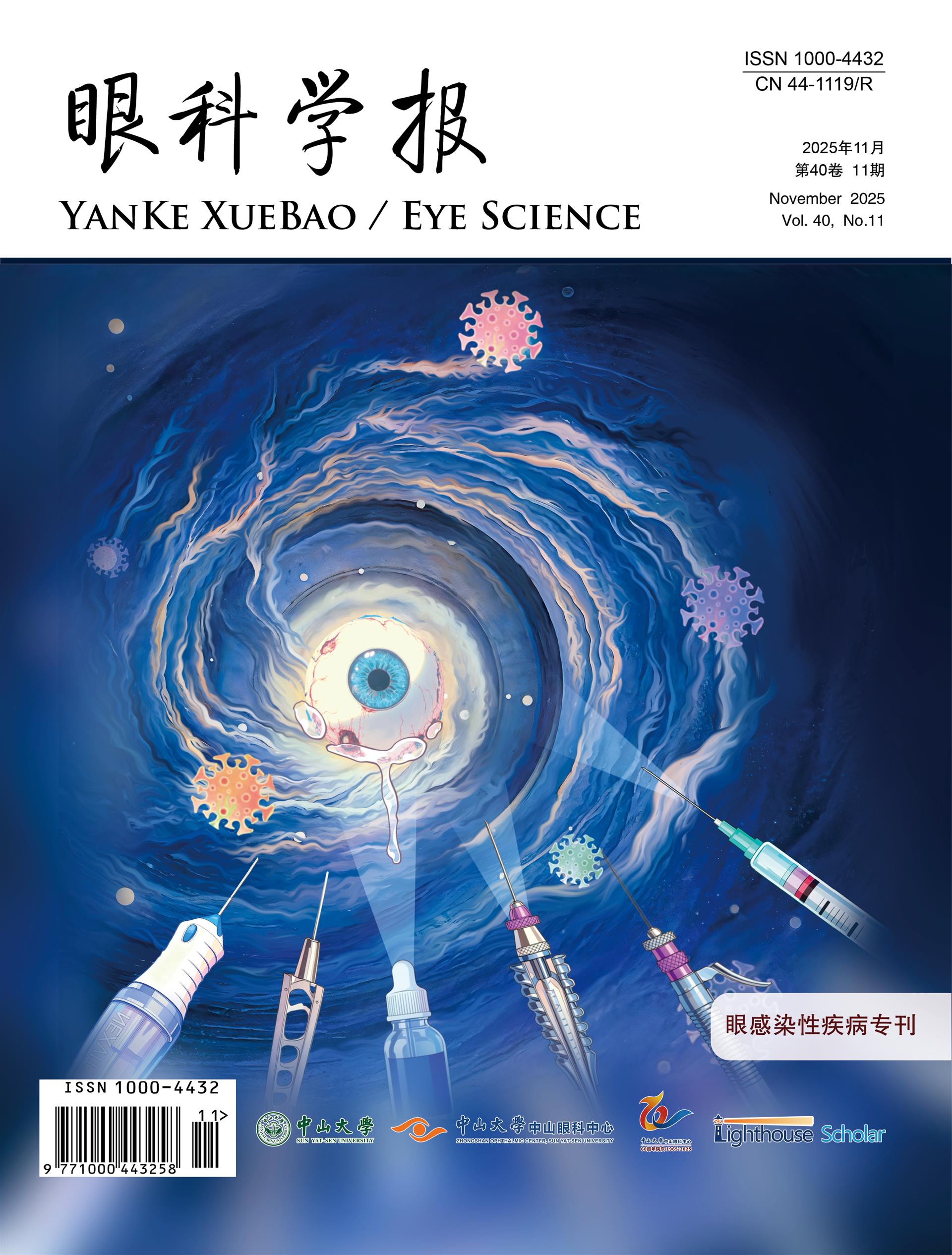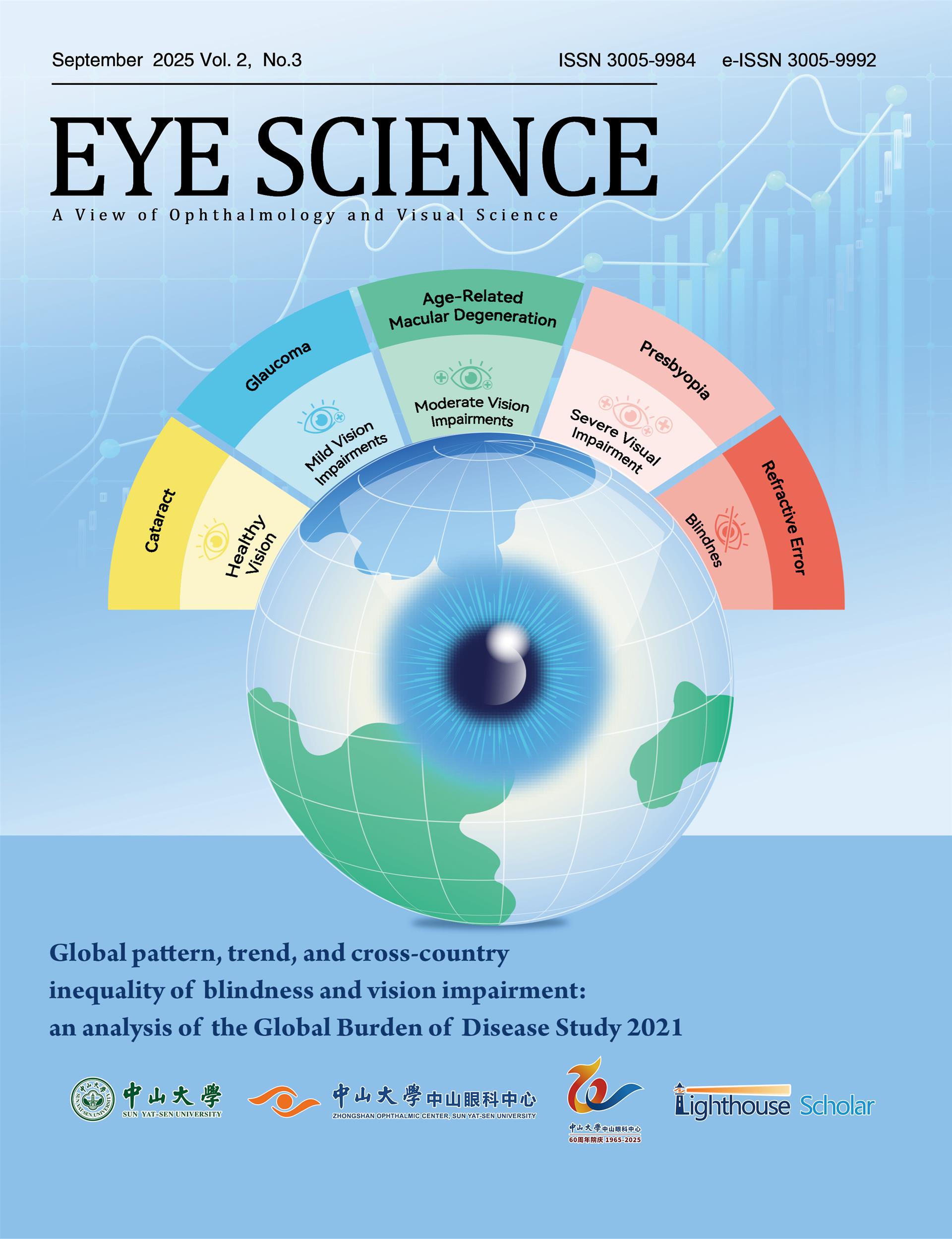Objective: Evidence pertaining to the associations between hyperuricemia and diabetic microvascular complications is limited and inconclusive. In this study, we aimed to prospectively investigate the independent associations of hyperuricemia and retinopathy, nephropathy and neuropathy in individuals with type 2 diabetes mellitus (T2DM). Methods: This cohort study enrolled 25,094 participants from UK Biobank with T2DM and without microvascular complications at baseline. Hyperuricemia was defined as serum uric acid (SUA) higher than 420 μmol/L. The incidence of diabetic microvascular complications was identified from hospital inpatient records that were coded according to the International Classification of Diseases (ICD)-10 coding system. Multivariable adjusted Cox proportional hazards regression models were used to calculate adjusted hazard ratios (aHR). Results: Among all participants, 3,844 (15.3%) were classified as having hyperuricemia at baseline. During a median follow-up of 14.0 years, 555 (14.4%) individuals with hyperuricemia developed diabetic microvascular complications, compared with 12.6% of individuals without hyperuricemia (P=0.002). In the multivariable-adjusted model accounted for socioeconomic status, lifestyle factors, physical and biochemical measurements, and medication use, when compared with individuals of T2DM who had a normal SUA level, those with hyperuricemia had an 82.9% higher risk of developing diabetic nephropathy (95%CI: 1.41-2.38, P<0.001), and a 30.2% higher risk of diabetic neuropathy (95%CI: 1.06-1.60, P=0.011). However, the association between hyperuricemia and diabetic retinopathy was not statistically significant (aHR:1.070, 95%CI: 0.94-1.22, P=0.320). Conclusions: Hyperuricemia was independently associated with diabetic nephropathy and neuropathy but not retinopathy in individuals with T2DM. These findings underscore the importance of monitoring SUA level in prevention of certain microvascular complications.

















